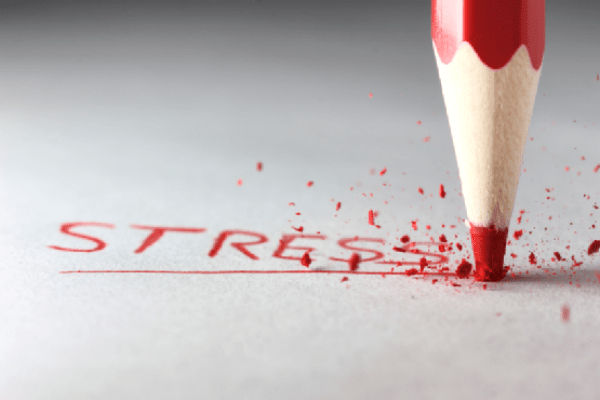 |
 |
From "The Latest on Prayer, Touch, and Healing," by Marilyn Schlitz, Ph.D. Published by Spirituality & Health Magazine:
Recently, researchers at Duke University Medical Center in Durham, North Carolina, put the prayer question to the test on 748 patients who underwent heart surgery. The patients were divided into four groups: a group that received off-site prayers by Christian, Buddhist, Muslim, and Jewish practitioners; a group that received a 40-minute music, imagery, and touch therapy (MIT) treatment; a group that received both prayer and MIT; and a control group. Collaboration on this ambitious study included researchers at such prestigious centers as the Scripps Center for Integrative Medicine, the Minneapolis Heart Institute, and the Columbia University College of Physicians and Surgeons.
According to the report, published in the July 16, 2005, issue of the "Lancet," "Neither masked prayer nor MIT therapy significantly improved clinical outcomes." In other words, the prayer and touch therapies didn't seem to help with the surgical procedure. But that was not the end of the story.
Suzanne Crater, a cardiology nurse at Duke Medical Center, noted that the most significant result so far is "the relief of pre-procedural distress with the use of music, imagery, and touch administered by a trained practitioner at the patient's bedside." In other words, the MIT treatment clearly made the patients feel better, whether or not it changed the outcome of the operation. Six months later, the cardiac mortality rates were found to be significantly lower for the patients assigned bedside MIT than the other groups, so the touch treatment may have had some benefit that was not immediately apparent. The lowest death rates from all causes were observed in patients treated with both prayer and bedside MIT.
Another provocative finding came from a minor change in the study design in the wake of 9/11. To simulate a "higher dose" of prayer for the remaining patients in the study, investigators added 12 additional prayer groups, a "second tier," to pray for the primary prayer groups that had been praying for the patients all along. Patients treated with two-tiered prayer had six-month death and re-hospitalization rates about 30 percent lower than did control patients. Investigators call this a suggestive trend that deserves more research.
Mitch Krucoff, M.D., lead author of the study, notes, "The study shows that we can do good science in this area, and that we can disseminate what we learn in high-level, peer-reviewed publications. This is an early step in advancing our paradigms of optimal cardiovascular care."
Marilyn Schlitz, Ph.D., is the research director of the Institute for Noetic Sciences. For info on S&H/Noetics conference on Renewal: Integral Approaches to Health and Healing, March 14-19, 2006, see Noetics.org.

